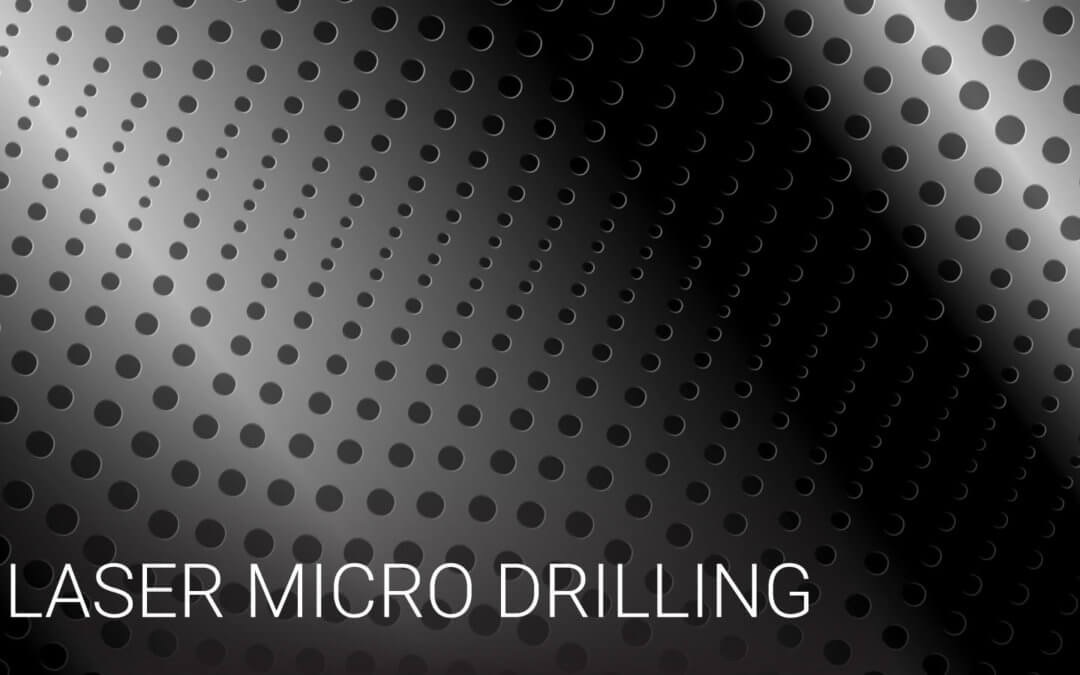Jan 28 2019
Recently, II‐VI Incorporated, a leader in high-power laser modules, publicized the launch of its 976 nm pump laser modules with up to 80 W of wavelength-stabilized output power.
 Image credit: II-VI Incorporated
Image credit: II-VI Incorporated
Pump laser modules with wavelength-stabilized output power allow ultrafast fiber lasers to function with very short pulses for excellent precision drilling and marking. II-VI’s new pump laser modules realize 80 W of output power, four times more than the current product, enabling fiber lasers to create high power levels using fewer modules and decrease their cost.
Our pump laser modules leverage the reliability of our gallium arsenide semiconductor laser platform, proven through broad deployments in industrial laser systems and optical networks, and with decades of field operation. Beyond ultrafast fiber-lasers for precision micromachining, our product portfolio enables advanced pulsed lasers for other applications including supercontinuum lasers and excitation sources for life sciences.
Chris Koeppen, Vice President, II-VI Industrial Laser Group
The wavelength-stabilized optical design within the module reduces warm-up time and functions across a broad temperature range, optimizing laser system productivity and minimizing maintenance. The high output power of the new pump laser is realized by integrating many pump laser diodes into one module. The collective output power is coupled to an industry standard 106.5 µm core fiber. The operating wavelength can be modified to match precise customer applications.
II-VI will display its wide-ranging portfolio of engineered materials, lasers, and optics for materials processing, consumer electronics, life sciences, and automotive applications at these soon-to-be-held conferences:
- SPIE BIOS Expo, San Francisco, California, February 2-3, 2019, Booth #8543, on biomedical optics
- SPIE Photonics West, San Francisco, California, February 5-7, 2019, Booth #1840, on photonics
- EALA—European Automotive Laser Applications 2019, Bad Nauheim, Germany, February 12-13, 2019, Booth #3, on laser-based processes for future car body productions